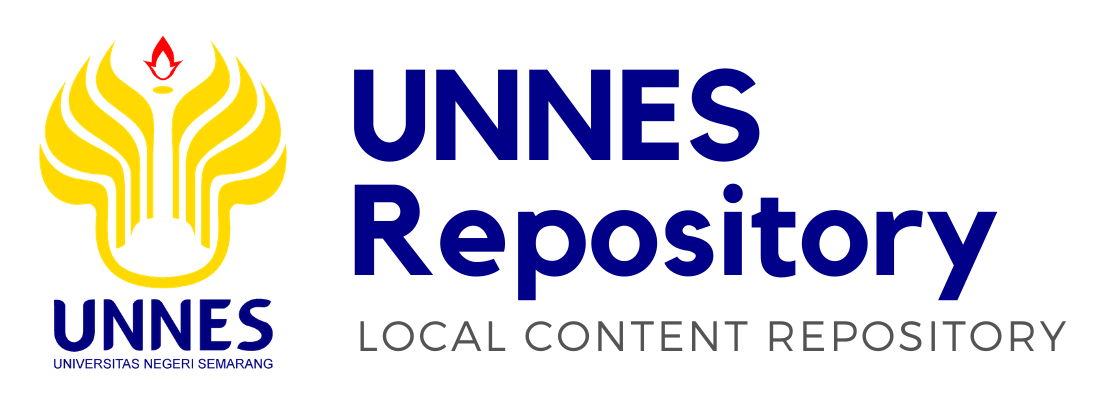The Strategies Dealing with Problems of Non- Equivalence at Word Level Found in The Translation of Stephenie Meyer’s Novel Entitled “Twilight”.
Nur Alif Fitriyani, 2201406571 (2010) The Strategies Dealing with Problems of Non- Equivalence at Word Level Found in The Translation of Stephenie Meyer’s Novel Entitled “Twilight”. Under Graduates thesis, Universitas Negeri Semarang.
Preview |
PDF (The Strategies Dealing with Problems of Non- Equivalence at Word Level Found in The Translation of Stephenie Meyer’s Novel Entitled “Twilight”.)
- Submitted Version
Download (672kB) | Preview |
Abstract
There are some problems of non-equivalence at word level which are faced by translators who are doing translation. Experts in translation have proposed some strategies to overcome the problems. Some strategies dealing with problems of non-equivalence at word level by Mona Baker are used in the translation of Twilight. The purpose of the study is to identify and classify the strategies used by the translator, dealing with the non-equivalence problems at word level which occur in the translation of a novel by Stephenie Meyer entitled Twilight. The data were collected from the chapter 15 of the novel and the Indonesian translation which has the same title, Twilight. It is translated by Lily Devita Sari. After the data is identified, it is analyzed and classified by referring to the theory of Mona Baker of translation at word level. From the analysis, it was found that there is one strategy—suggested by Mona Baker—which is not applied in the translation, that is translation by illustration. The translator also used another three strategies: they are translation by a more specific word, translation by a more expressive word and translation by addition. It is also found that some strategies are used so often and some others are used very least. The result of the study shows that translation by a more general word is used 14 times, translation by a more specific words is used 5 times, translation by a more neutral word is used 45 times, translation by a more expressive word is used 9 times, translation by cultural substitution is used 6 times, translation by using a loan word or loan word plus explanation is used 6 times, translation by paraphrase using a related word is used 41 times, translation by paraphrase using unrelated word is used 33 times, translation by omission is used 15 times, and translation by addition is used 7 times. Knowing the results, it can be concluded that almost all of the strategies suggested by Mona Baker are used in the translation of Twilight. It is suggested that translator has to know the strategies to overcome the problems of nonequivalence, so the messages from the source language can be transferred proportionally and appropriately into the target language. He or she also has to know that one word may not carry only one meaning and adjust the word in the target language with the context and culture in order to make the reader easier to get the information from the text.
| Item Type: | Thesis (Under Graduates) |
|---|---|
| Uncontrolled Keywords: | strategies, problems of non-equivalence at word level, novel. |
| Subjects: | P Language and Literature > PE English |
| Fakultas: | Fakultas Bahasa dan Seni > Pendidikan Bahasa Inggris (S1) |
| Depositing User: | eko handoyo perpustakaan |
| Date Deposited: | 30 Mar 2011 07:45 |
| Last Modified: | 25 Apr 2015 04:05 |
| URI: | http://lib.unnes.ac.id/id/eprint/597 |
Actions (login required)
 |
View Item |
